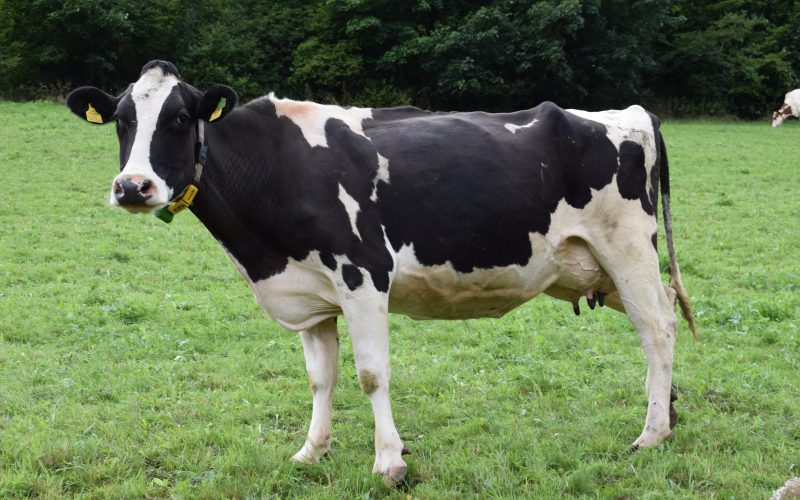Introduction:
When it comes to combating climate change, the focus often falls on renewable energy, transportation, and industrial emissions. However, there is a lesser-known group of climate warriors making a significant impact from the barn: dairy cows. While cattle are commonly associated with greenhouse gas emissions, innovative approaches in the dairy industry are now harnessing their potential to mitigate climate change. In this article, we explore how dairy cows are becoming unexpected allies in the battle against climate change.
- Enter the Methane Challenge:
Methane is a potent greenhouse gas, and livestock, particularly cows, are major contributors to its emission. Enteric fermentation, the digestive process in cattle, releases methane as a byproduct. However, researchers and farmers are working together to address this challenge. By understanding the science behind cow digestion and implementing innovative strategies, they aim to reduce methane emissions from dairy cows.
- Diet Adjustments:
One effective approach is modifying the cows’ diet to reduce methane production. Researchers are exploring different feed additives, such as seaweed supplements or dietary changes, to alter the microbial activity in the cows’ digestive system. Studies have shown promising results, indicating that these changes can lead to a significant reduction in methane emissions without compromising the cows’ health or milk production.
- Improved Feeding and Nutrition:
Beyond feed additives, optimizing feeding and nutrition practices can contribute to lower methane emissions. Dairy farmers are increasingly focusing on providing a balanced diet that meets the cows’ nutritional needs while minimizing waste. By monitoring the cows’ feeding habits and adjusting rations accordingly, farmers can optimize digestion and reduce the overall methane footprint of their herds.
- Methane Capture and Utilization:
Another innovative approach involves capturing methane emissions from dairy farms and utilizing it as a renewable energy source. Methane digesters are installed on farms to collect methane produced by cow manure. The captured methane is then converted into biogas, which can be used for electricity generation, heating, or as a vehicle fuel. This not only reduces greenhouse gas emissions but also provides a sustainable energy source for the farm and surrounding communities.
- Precision Livestock Farming:
Advancements in technology have paved the way for precision livestock farming, enabling farmers to monitor and manage their herds more effectively. This technology includes wearable sensors, automated feeding systems, and data analytics that help farmers track and optimize cow health, reproduction, and feeding practices. By maximizing efficiency and minimizing waste, precision livestock farming can contribute to reducing the environmental impact of dairy farming.
- Sustainable Farming Practices:
Climate-conscious dairy farmers are adopting sustainable farming practices that go beyond methane reduction. These practices include optimizing water use, implementing soil conservation techniques, and prioritizing biodiversity on their farms. By promoting healthy ecosystems and preserving natural resources, these farmers contribute to climate resilience and mitigate the broader environmental impacts of dairy farming.
- Collaboration and Knowledge Sharing:
To accelerate progress in climate-friendly dairy farming, collaboration and knowledge sharing are essential. Researchers, farmers, and industry experts are coming together to share best practices, exchange ideas, and develop innovative solutions. This collaborative approach fosters continuous improvement in reducing the environmental footprint of dairy farming while ensuring the industry remains economically viable.
- Consumer Awareness and Support:
As consumers, we also play a role in supporting climate-friendly dairy farming practices. By choosing dairy products from farms that prioritize sustainability and methane reduction efforts, we can drive market demand and encourage the adoption of these practices on a larger scale. Supporting initiatives such as certification programs that promote sustainable dairy farming can also have a positive impact.
Conclusion:
Dairy cows are no longer just part of the problem when it comes to climate change. Through innovative approaches and sustainable practices, they are becoming active participants in the solution. With ongoing research and collaboration, dairy farmers are finding ways to reduce methane emissions, optimize nutrition, capture methane for renewable energy, and adopt sustainable farming practices. These efforts not only contribute to climate change mitigation but also promote the overall sustainability of the dairy industry.












